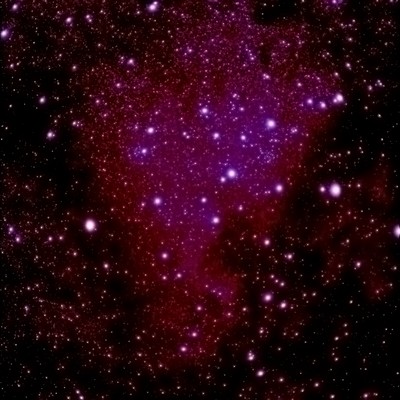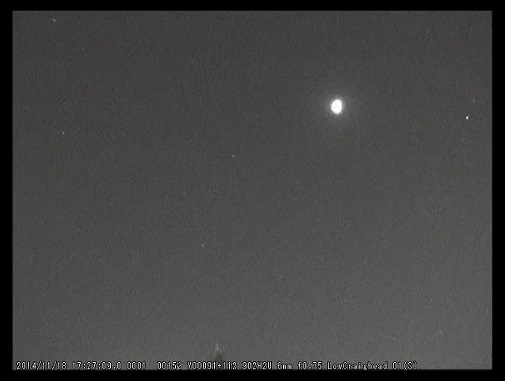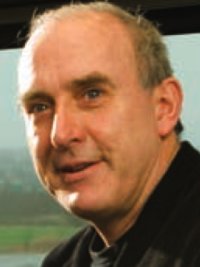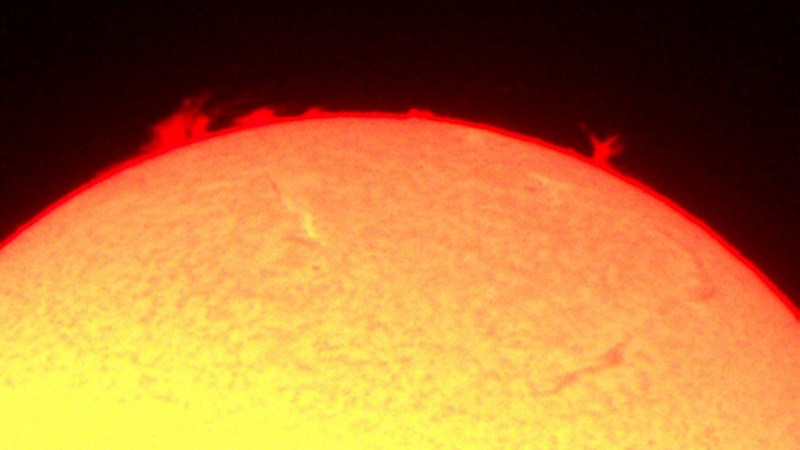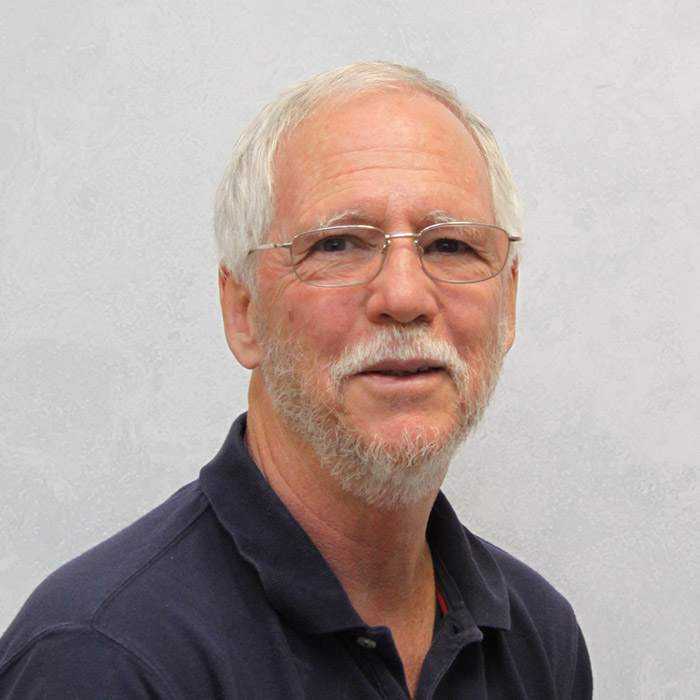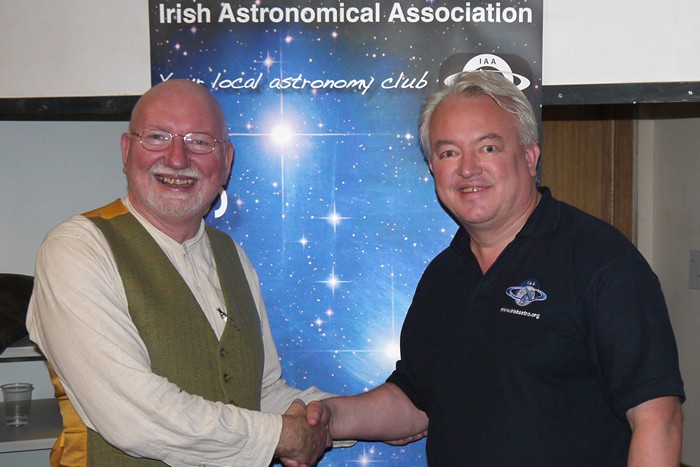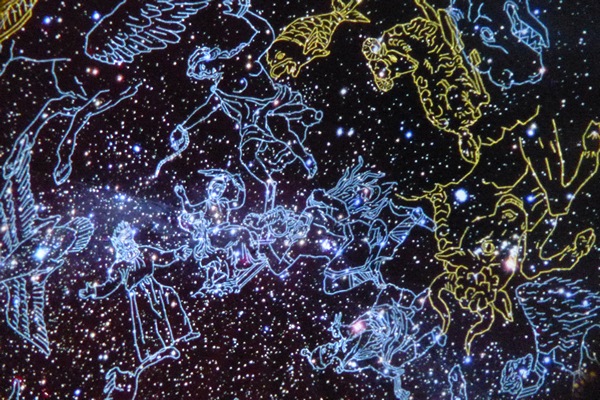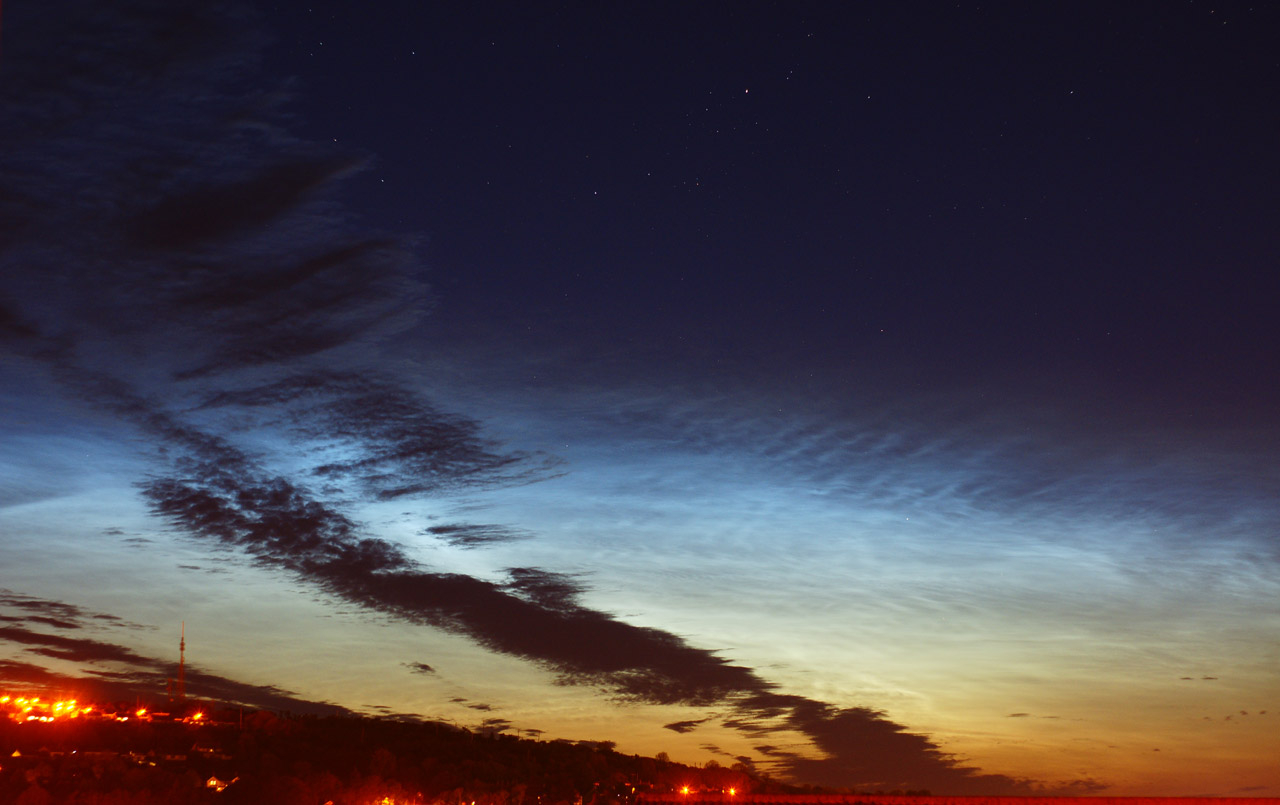Check no credit check loans guaranteed australia centrelink.
All posts by iaaadmin
IAA 40th Anniversary Dinner – Friday 28th November
IAA Lecture, 19th November, Dr Mike Simms – “What meteorites tell us about the early Solar System”
How can we determine the age of a meteorite, or even the Solar System? How can we unravel the processes that formed Earth and the rest of the Solar System from the primordial dust cloud? The presence, or absence, of particular elements and isotopes in meteorites and their components, and the physics and chemistry of those elements, provides abundant clues to what happened in those first few million years.
Ulster Museum Palaeontologist Dr Mike Simms is also one of the UK's foremost experts on meteorites and will explain all in this lecture which is bound to provide a fascinating account of what we can learn from rocks from space!
Huge Fireball over Ireland and Scotland
IAA Lecture 5th November – Prof Andy Shearer: “Feeding the giant – science possibilities of the next generation of extremely large telescopes.”
Synopsis: "Over the next ten years a number of new giant telescopes will come on line – these include the European Extremely Large Telescope (E-ELT), the Square Kilometre Array (SKA) and in X-rays, Athena. Each one of these will dramatically change our view of the universe. At a recent workshop in Galway, "Speed and Sensitivity: Expanding Astronomical Horizons with ELTs" the possibilities from the current generation of instruments as well as the next generation of instruments for ELTs were discussed. This talk will look at what science is possible with ELTs and what questions will be addressed and hopefully answered by ELTs."
Some of the new horizons being opened up by these developments are mind-blowing, so this will be a fascinating talk.
This lecture will as usual be in the Bell Lecture theatre, Physics building, main QUB Campus.
The lecture is free and open to all, including free refreshments. Venue: the Bell Lecture Theatre, Physics Building, Queen's University, Belfast, at 7.30 p.m.
Thanks to the Astrophysics Research Centre, QUB, for help in hosting these lectures.
World Space Week – Elements of the Universe, Ulster Museum 11th October
The IAA will be running a major public astronomy & space outreach event in conjunction with the Ulster Museum on Saturday 11th October.
This will be at the Museum on Stranmillis Road, from 11:00 to 16:30.
This will comprise:
Starshows with a space theme in the ever-popular Stardome (courtesy of Armagh Planetarium) at 45 minute intervals starting at 11.00.
Solar observing from the Museum forecourt, weather permitting. We will have various special safe solar telescopes to show incredible views of our nearest star, which still poses many puzzles for astronomers.
If it's cloudy, we'll have the telescopes indoors as part of our major exhibition.
Exhibition: all things astronomical and space will be on display, including meteorites which are actual rocks from space, and various items of space memorabilia
Meet our own 'Ulsternaut', Derek Heatly from Groomsport, who will be the first person from N. Ireland, if not all Ireland, to fly into space with Virgin Galactic.
Ask a question about astronomy or space – our Experts will be there to try to answer them.
IAA World Space Week Lecture, 8th October: Prof Don Kurtz, UCLAN: “The Kepler Mission: Exoplanets and Asteroseismology”
Prof Kurtz is a very highly regarded speaker on a wide variety of topics, and this one for World Space Week will focus on one of the most successful space missions ever: the Kepler Spacecraft. This has now detected well over 1,000 planets going round other stars, some of which are like planets in our own solar system, including a few which are fairly like Earth, and some which are amazingly different from our own familiar ones.
The spacecraft's detectors are so sensitive that they can even detect 'starquakes' on distant stars. Come along and be amazed at the fantastic findings from this space mission.
The lecture is free and open to all, including free refreshments. Venue: the Bell Lecture Theatre, Physics Building, Queen's University, Belfast, at 7.30 p.m.
Thanks to the Astrophysics Research Centre, QUB, for help in hosting these lectures.
IAA New Season Opening Lecture 24th Sept: Latest Science Results from Rosetta, by Leo Enright
17th August – IAA Solar Day at Castle Espie
On Sunday 17th August we will be holding another of our very popular Solar Days at WWF Castle Espie in County Down – as usual from 2pm to 5pm. This venue has become a regular on the Summer calendar over the last few years and as well as Solar Observing we will be offering displays of meteorites and other astronomical paraphenalia and of course Star Shows in the Stardome.
The Noctilucent Cloud Season begins
From around the end of May until the beginning of August these mysterious white clouds can be seen from Northern latitudes. As luck would have it, Northern Ireland is ideally placed for observing these clouds – further north and the sky is too light, further south and the clouds are too close to the horizon to be seen, although in recent years there have been sightings from Southern England.
Last year (2013) the first sightings occurred on 15th May which is unusually early, and there was a spectacular display on 31st May – see images from IAA members here…. This year however the first sightings occurred on 24th May which is more normal. We can expect several display over the next two months. In order to spot them you'll need to be looking towards where the Sun would be if it wasn't 6-16degrees below the horizon, so starting in the NW about 30mins after sunset to NE 30 mins before dawn.
In order to photograph these clouds you'll need a camera capable of exposures of a few seconds and a tripod or other support. Focus to infinity and try exposures of 5-10 seconds with the lens wide open and ISO 400-800 then adjust around this depending on how bright the image are coming out on your screen.
If you get any images, send them in!
Good luck!

